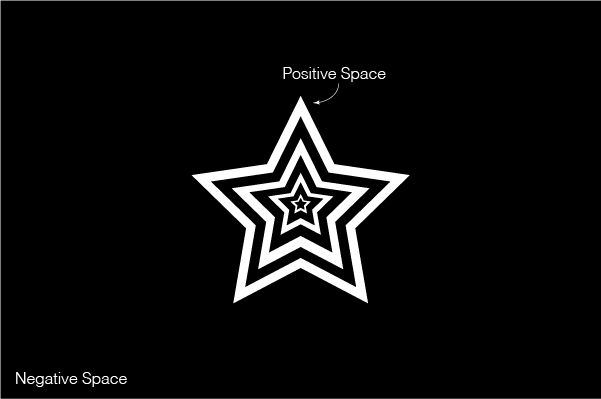Graphic Design Explained:
Graphic design is all around us, whether you notice it or not. From billboards to shop signs and posters on the side of buses to the logos you wear on your clothes, we are surrounded by design.
The definition of graphic design is ‘the creation of visual content which communicates ideas and messages to a specific target audience’.
When done well, graphic design can evoke an emotional response from their audience, sometimes encouraging them to make change for the better.
Graphic design can also be called graphic communications, creative design, and visual communications.
There are many different types of graphic design including corporate, marketing and advertising, environmental, packaging, motion, and web design. Each category produces different outcomes, but all use visual elements to communicate their message.
Types of Graphic Design Explained:
- Corporate design is creating the visual identity of a business. This includes the logo, colour scheme, typography, photography and more. Everything that is involved with the identity of a brand comes under corporate graphic design.
- Marketing and advertising is how businesses get their brand noticed. Whether it’s on billboards, social media or TV adverts, the message will be communicated visually.
- Environmental design improves the experience for people in specific places. For example, road signs make it easier for people to navigate their way round new areas.
- Packaging design communicates important messages about products through visual elements on packaging, labels, or stickers.
- Motion design is exactly what it sounds like, making graphics move. This can include gifs, apps, and animation.
- Web design involves communicating important information through layout, typography, and images to form a website.
- Publication design also uses layout, typography and images but forms a type of publication like a book, newspaper, brochure, magazine, catalogue etc.
- Illustration design involves fine art that is drawn digitally.
Elements of Graphic Design:
There are 7 known elements that make up graphic design, these include:
- Line
- Space
- Shape
- Colour
- Texture
- Type
- Image
Line:
A line is a connection of any two points. Lines are typically used to create space and divides elements on a page. These lines can be straight or curved, smooth or rough, continuous or broken and thick or thin. Lines can help create a focal point on a design and direct the users eye to specific information.

Space:
Space is the area which an element occupies. There are two different types of space, positive and negative. Positive space is the focus area of the design, the main focal point. Negative space is also known as white space, this is the area that is left empty, whether this is in or around the positive space.

Shape:
When a line encloses an area, a shape is formed. It can be two dimensional or three dimensional. Shapes can create positive and negative spaces. Square, angular shapes come across as quite masculine, whereas softer and curvier shapes are seen as feminine.

Colour:
Colour effects the mood and tone of the design. Different colours represent different emotions, more information can be found on this topic here.
Texture:
Texture is the look or feel of the surface of a design. Difference textures can be experimented with and can attract viewers eyes. Tactile textures are textures that can be touched. Visual texture is what can be seen.

Type:
Type is the appearance of text. It literally communicates the messages that are trying to be conveyed. Different type-faces can portray different moods or emotions.
Image:
Images help grab the attention of the audience. It can provide context for a design as well as create emotion. Images can also tell a story. The more texture and colour an image has, the longer the audience’s attention stays with the design.
Conclusion:
Graphic design is more than just aesthetics and pretty drawings, sometimes it can have a function behind it.
Whether this is directing drivers using road signs to prevent crashes, informing onlookers of a new movie that’s coming out on the side of a bus, or even just the face of a business with a logo.
Graphic design has a very important job, and one that should not be overlooked as being ‘easy’. The different elements and functions, as well as knowledge, that has to go into design projects show just how complicated graphic design can be.
Learning the different elements of graphic design can help designers make the correct choices for their work, resulting in an effective final product.